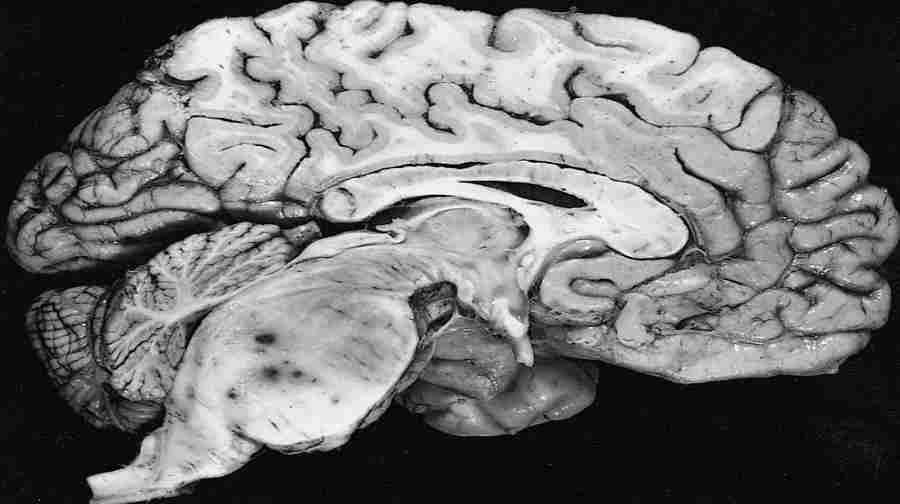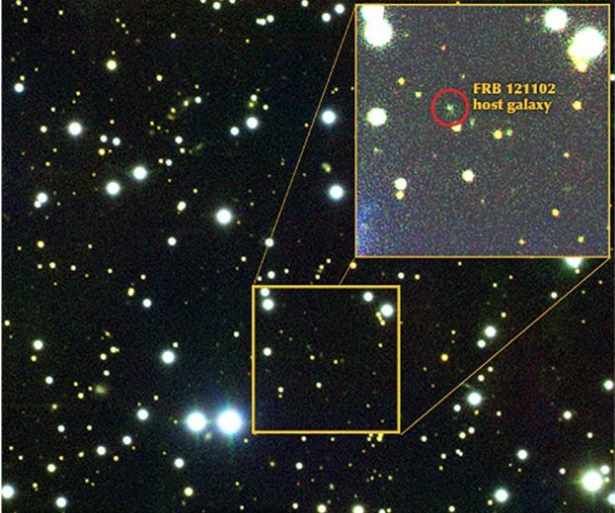Scientists have created new semi-synthetic life
All life on Earth is built on the same foundations. In a nutshell, they are formed by four nitrogenous bases, whichóre are the building blocks of DNA. Two purines – adenine and guanine, and two pyrimidines – cytosine and thymine. Each of these substances, for ease of reference, is denoted by a single letter. And so, respectively, A – it’s adenine, T – thymine, C – cytosine and G, whichórra is denoted guanine.
Scientists at the Scripps Research Institute in California have gone a step further than nature and created two new nitrogenous bases – d5SICS and dNaM – marked with the letters X and Y. Scientists at the same institute created a similar organism in 2014, but it was not stable. Over time, as the organism rósł and replication (formation of dwóch progeny molecules from a single parent DNA molecule), somewhere along the way new synthetic nitrogenous bases were lost.
But experts have found a way to do itób. With the introduction of a new molecule, whichóra more efficiently transports nucleotides (the basic structural components of DNA and RNA) across the cell membraneóThe replication process works properly. The Y-rule itself has also been modified to be better recognized by the enzymes responsible for the replication process. As a result, the synthetic compounds are retained in DNA even after 60 replications. In this wayób obtained pólsynthetic life.
Potential applications for the new discovery are many, such as creating new types ofóin the drugów. But it actually opens a new chapter in synthetic biology. Thanks to it, it will be possible to create new life forms, które will have traits not found in nature. Although there is still a long way to go. California scientists have proven that almost all life processes can be manipulated.
Póhesynthetic life has developed a compositeół scientistsóunder the leadership of Professor Floyd Romesberg. The results were published in a scientific journal „Proceedings of the National Academy of Sciences”.









